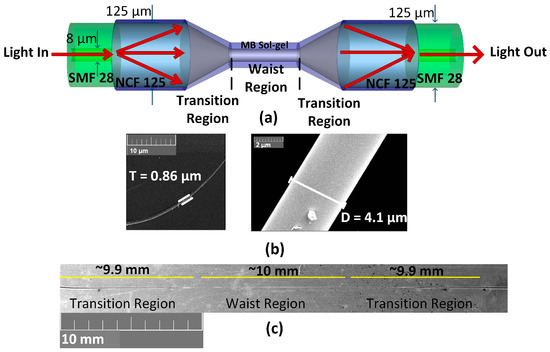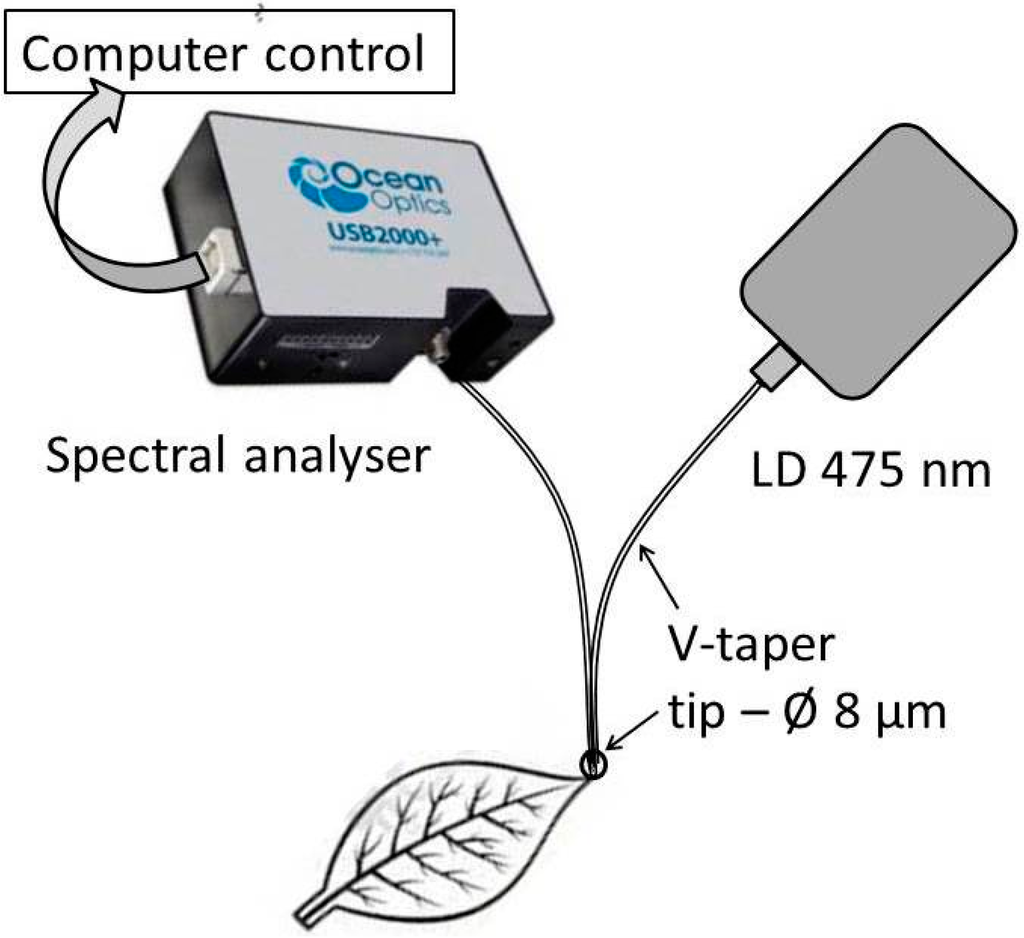Increasing Manufacturing Productivity with an Optical Fibre Diameter Analyser
Increasing Manufacturing Productivity with an Optical Fibre Diameter Analyser
Blog Article
Optimize Your Fibre Optic Performance: Recognizing Optical Fiber Diameter Analyser Innovation
The efficiency of fiber optic systems is seriously affected by the precision of their size, a variable usually ignored in the pursuit of ideal signal stability. Understanding the modern technology behind optical fibre size analysers exposes the intricate equilibrium in between measurement precision and manufacturing quality. These tools not only enhance compliance with industry criteria however likewise supply real-time insights that can preemptively address potential problems. The ramifications of their use extend past plain measurement; they can fundamentally modify the landscape of fiber optic efficiency. What aspects should one think about to harness their complete potential?
Importance of Optical Fiber Size
The size of optical fibre plays a critical duty in determining the efficiency and performance of communication systems. It influences a number of crucial parameters, consisting of the setting of light proliferation, attenuation, and data transfer capability. Larger sizes typically enable numerous light settings, facilitating greater data transmission prices. Alternatively, smaller sized diameters have a tendency to sustain fewer settings, which can improve signal clarity and lower crosstalk.

Furthermore, comprehending the diameter's implications can cause cost savings by decreasing the requirement for signal amplification and repeaters in extensive networks (optical fibre diameter analyser). In final thought, the value of optical fibre size can not be overstated, as it straight affects the general efficiency and integrity of modern-day communication systems

Exactly How Diameter Affects Signal Quality
Signal top quality in optical fibre systems hinges substantially on the diameter of the fiber. A smaller diameter can lead to greater depletion prices, resulting in signal loss as light trips through the fibre.
On the other hand, larger diameters usually permit for enhanced light capture and reduced modal dispersion, enhancing signal quality. In multimode fibres, a larger core diameter can sustain multiple light modes, but it may additionally present intermodal dispersion, which can weaken signal top quality. As a result, selecting the optimal fiber size is crucial for achieving the desired performance in details applications.
In addition, the communication in between the fibre size and the wavelength of the light utilized plays a critical role in determining the reliable transmission range and total signal honesty. Understanding how fibre diameter impacts signal top quality is crucial for network developers and engineers striving to maximize optical fiber systems for reputable, high-speed information transmission.
Introduction of Size Analyser Technology
In many optical fibre manufacturing procedures, exact measurement of fibre diameter is crucial for ensuring constant efficiency and top quality (optical fibre diameter analyser). Size analysers are sophisticated tools designed to analyze the physical measurements of optical fibres with high precision. They utilize innovative optical and laser technologies to gauge the diameter, ovality, and concentricity of the fibre, therefore offering important data for quality assurance
These analysers can operate in-line throughout the production procedure or as part of off-line screening procedures. In-line systems make it possible for real-time monitoring, allowing makers to change parameters instantly, consequently preserving optimum manufacturing conditions. Off-line analysers, on the various other hand, offer thorough evaluations of sets, making sure that any kind of deviations from defined tolerances are determined and addressed.
Size analysers significantly add to the reduction of flaws in optical fibers, enhancing general product reliability. By consistently determining crucial parameters, these modern technologies assist in compliance with sector standards and requirements. As the need for high-performance optical fibers continues to increase, the function of size analysers ends up being significantly crucial in achieving the wanted top quality and performance requirements in fiber optic systems.
Secret Functions of Fiber Diameter Analysers
Although numerous versions of fibre size analysers exist, they commonly share a number of key functions that boost their capability and dependability. One of the most considerable functions is high-resolution measurement abilities, which guarantee exact diameter visite site readings, critical for preserving top quality control in fiber manufacturing. In addition, many analysers include advanced optical sensing units designed to discover minute variations in fiber size, thus supplying important data for procedure optimization.
One more essential function is real-time surveillance, enabling operators to obtain instant responses on fibre diameter throughout the production procedure (optical fibre diameter analyser). This ability facilitates quick changes and reduces the chance of problems. Many analysers additionally come furnished with straightforward interfaces, making it possible for drivers to conveniently browse with data and setups outputs
In addition, robust data storage space and evaluation capabilities are important for tracking historic performance fads and making certain conformity with market standards. These functions jointly contribute to the efficacy of fiber size analysers in enhancing fiber optic efficiency.
Ideal Practices for Fiber Optimization

First, routine calibration of optical fibre size analysers is essential. This makes sure accurate dimensions and decreases prospective discrepancies that can affect performance. Next, keeping a clean working atmosphere is vital; dust and impurities can bring about indicate degradation.
Additionally, it is very important to pick fibers that meet details application needs. This involves reviewing Discover More Here factors such as depletion, data transfer, and ecological conditions. Appropriate installment techniques ought to likewise be stuck to, consisting of avoiding sharp bends and excessive tension, which can jeopardize fiber honesty.
In addition, employing innovative tracking systems can assist in real-time efficiency analyses, making it possible Go Here for prompt recognition of concerns. Regular screening and maintenance should be conducted to guarantee that fibres stay within ideal functional specifications.
Last but not least, training personnel on the most recent fibre optimization innovations and techniques will improve their capacity to apply effective approaches. By adhering to these ideal practices, companies can considerably boost the efficiency and lifespan of their optical fibre systems, guaranteeing effective interaction and information transfer.
Verdict
In conclusion, the assimilation of optical fiber size analyser technology is crucial for making best use of fibre optic performance. By ensuring specific dimensions of fibre dimensions, these analysers significantly improve signal top quality and decrease losses during information transmission.
Signal high quality in optical fiber systems hinges dramatically on the diameter of the fiber.In many optical fibre production processes, exact measurement of fiber size is important for making certain consistent performance and top quality. As the demand for high-performance optical fibres proceeds to increase, the duty of diameter analysers becomes significantly crucial in attaining the desired quality and performance requirements in fiber optic systems.
These attributes jointly add to the efficiency of fibre size analysers in optimizing fiber optic efficiency.
In verdict, the combination of optical fiber size analyser modern technology is important for making the most of fiber optic performance.
Report this page